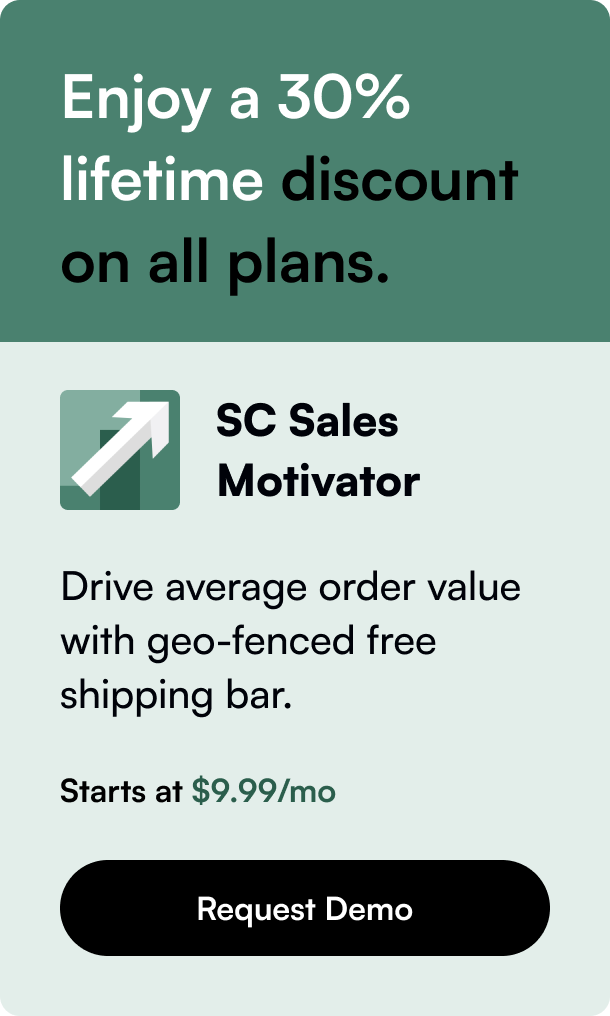Table of Contents
- Introduction
- Why Integrate Shopify with WordPress?
- How Does Integration Work?
- Step-by-step Integration Guide
- Maximizing Your Integrated Platform
- FAQ Section
Introduction
Imagine seamlessly combining the powerful e-commerce functionality of Shopify with the expansive customization capabilities of WordPress. Intriguing? Absolutely. The fusion of these two platforms empowers you with the agility of Shopify’s e-commerce solutions and the flexibility of WordPress’s customization to craft a unique online presence. This compelling blend is not just a theory but a reality that can significantly enhance your digital commerce experience. Whether you're a blogger aiming to monetize your passion or a business owner striving for a robust online store with engaging content, integrating Shopify with WordPress is a strategy worth considering.
By the end of this post, you will uncover how to make Shopify and WordPress work in tandem, transforming your digital strategy. Get ready to explore the realms of Shopify's ease of use and WordPress's limitless customization possibilities, creating a digital experience that's not just functional but also uniquely yours.
Why Integrate Shopify with WordPress?
1. E-commerce Excellence Meets Content King
Shopify shines in the e-commerce space with its intuitive setup, secure payment gateways, and comprehensive inventory system. WordPress, on the other hand, rules the content creation and management kingdom with its endless themes and plugins. Bringing these titans together bridges the gap between selling products and telling your brand’s story compellingly.
2. Best of Both Worlds
You maintain WordPress’s SEO prowess and design flexibility while harnessing Shopify’s selling power. This integration allows for an uninterrupted blend of content and commerce, elevating user experience and potentially boosting conversions.
3. Simplified Management
Managing both platforms might seem daunting, but integrating Shopify with WordPress simplifies backend operations. You can handle content updates on WordPress while Shopify takes care of the e-commerce heavy lifting—inventory, payments, and shipping.
How Does Integration Work?
1. Shopify Buy Button: The Integration Catalyst
The key to merging Shopify with WordPress is the Shopify Buy Button. This widget allows you to embed products and collections into your WordPress posts and pages, offering a seamless shopping experience without leaving your site.
2. Plugins & Third-party Tools
While the Buy Button is the most straightforward method, various plugins and tools can enhance the integration. These solutions offer additional features like product synchronization, better SEO options, and integrated analytics.
Step-by-step Integration Guide
Initial Setup
- Establish Foundations: Ensure you have active Shopify and WordPress accounts.
- Select the Right Plan: Shopify's Starter plan is perfect for adding e-commerce to WordPress – affordable and feature-rich.
Integrating via Shopify Buy Button
- Activate Buy Button: In Shopify, add the Buy Button sales channel.
- Generate Embed Code: Select the product and customize the Buy Button. Shopify will generate an embed code.
- Embed in WordPress: Paste this code into your WordPress page or blog post. Instantly, your site is now e-commerce enabled.
Plugins for Deeper Integration
Consider plugins like WP Shopify for a more in-depth integration. These tools mirror your Shopify store on your WordPress site, maintaining inventory and product details sync.
Maximizing Your Integrated Platform
Customization and Optimization
Utilize WordPress’s vast themes and plugins to customize the look and feel of your store. Optimize for SEO, enhance performance with caching plugins, and ensure mobile responsiveness.
Leverage Content
Create engaging content around your products. Blog posts, reviews, and tutorials can enhance product visibility and drive conversions.
User Experience
Focus on creating a seamless experience. Ensure navigation is intuitive, loading times are fast, and the purchasing process is straightforward.
FAQ Section
Q: Can I manage my Shopify inventory from WordPress? A: Direct inventory management must be done through Shopify, but some plugins can aid in syncing and displaying updated inventory on WordPress.
Q: Is this integration SEO-friendly? A: Yes. You can leverage WordPress’s SEO capabilities for content, while product pages embedded from Shopify can also be optimized for search engines.
Q: Will integrating Shopify with WordPress affect my site’s performance? A: If done correctly, the integration should not negatively impact your site’s performance. Optimize images, use caching, and regular site audits to ensure optimal performance.
Q: Can I use my existing WordPress theme? A: Yes, the Shopify Buy Button and most integration plugins work with any WordPress theme, allowing you to maintain your site’s design.
Conclusion
Merging Shopify's e-commerce prowess with WordPress's content management superiority creates a powerhouse platform for any business or blogger looking to thrive online. With the simplicity of the Shopify Buy Button and the potential depth provided by various plugins, this integration is not just possible; it's a game-changer. Whether you're selling handmade crafts or managing a large inventory, leveraging the strengths of both Shopify and WordPress opens up unparalleled opportunities for growth and engagement. Unlock the full potential of your online presence by integrating these two dynamic platforms today.








